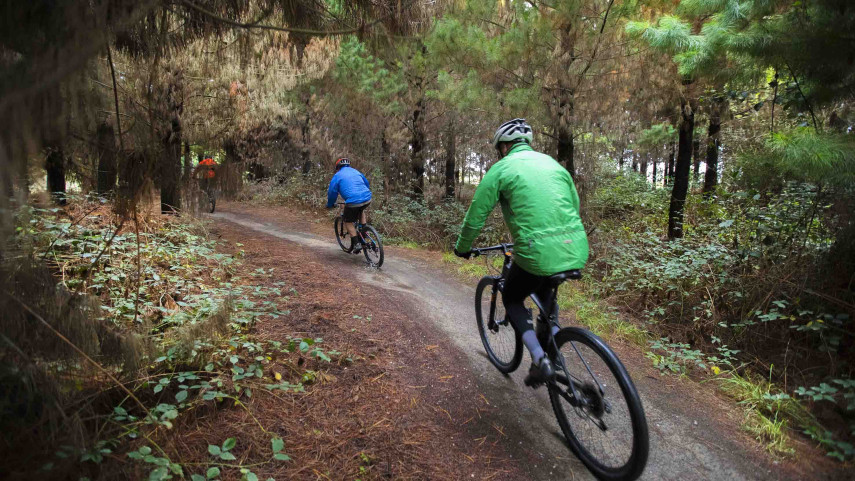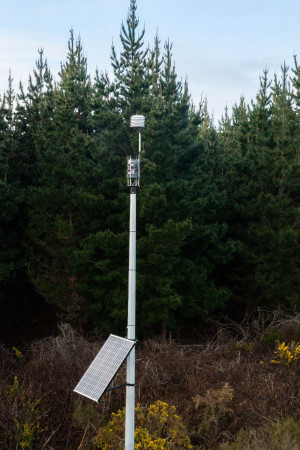
Bottle Lake Forest Park protected by hi-tech fire detection network

Share this story
Cutting-edge technology is reducing the risk of a fire in one of Christchurch’s most popular recreational spots – Waitākiri Bottle Lake Forest Park.

Self-powered sensors have been installed in Waitākiri Bottle Lake Forest Park to help with early fire detection.
Christchurch City Council and Spark New Zealand are trialling a new fire detection network that uses artificial intelligence and Internet of Things (IoT) technology to monitor conditions within the park, which is also a commercial forest, around-the-clock.
With help from technology partner Attentis, they have installed a network of five self-powered sensors that deliver environmental monitoring, live micro-climate weather updates, air quality information, and visual and thermal imaging to assist in early fire detection.
Christchurch City Council Manager of Smart Christchurch, Michael Healy, says the technology will help protect a special part of Christchurch city.
“Thousands of people visit Waitākiri Bottle Lake Forest Park each year to get out in nature and enjoy the bike and walking tracks. The technology will help protect the forest, neighbouring properties, the environment and wildlife.
“The 360 degree cameras and IoT sensors are continuously monitoring conditions, providing valuable real-time data on things like air quality and ground temperature,” says Mr Healy.
Spark IoT lead Tony Agar says both emergency services and Christchurch residents will benefit from the technology.
“The data is transmitted to Fire and Emergency New Zealand (FENZ), who will be able to take action if conditions present a fire danger,'' Mr Agar says.
"In the event of a fire emergency, this means emergency teams can strategically position ground and aerial personnel at the most effective locations or even track changes in wind speed and direction to stay ahead of the event.”
Fire and Emergency New Zealand’s Senior Advisor Readiness and Recovery, Wayne Hamilton, says that early detection and intelligence helps mobilise response resources as quickly as possible. It also gives communities time to implement their own emergency plan.
“Fire and Emergency is interested to learn how technology like this can help reduce the incidence and consequences of fire in our community,'' Mr Hamilton says.
